Can Retired Aircraft Be Used Again in War
How do you bring an aircraft back from the dead?
(Image credit:
Science Photo Library
)
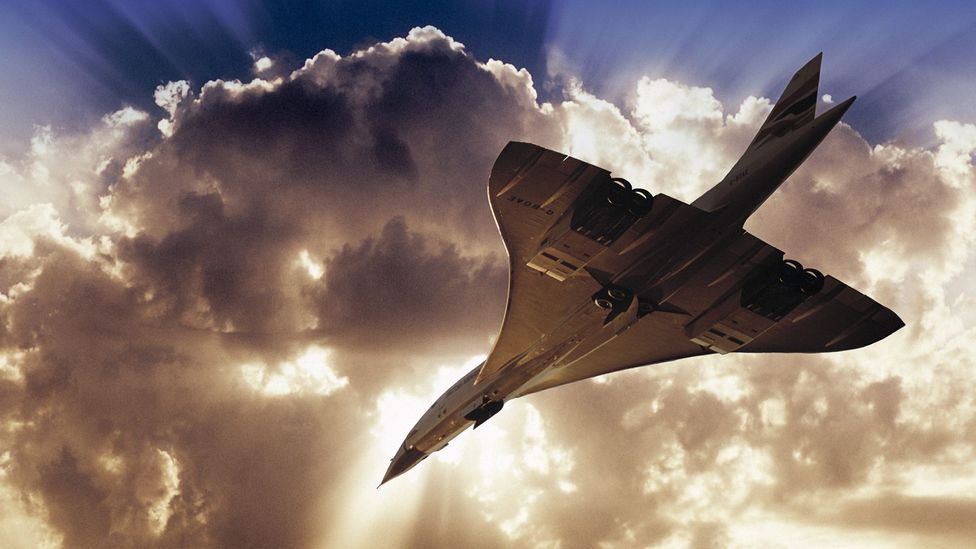
A consortium wants to bring the supersonic Concorde back into the air. But just how feasible is it to return a retired plane back into service? BBC Future investigates.
O
On 26 November 2003, one of the more glamorous chapters in aviation history ended. This was the day the last Concorde flight took place, with one of British Airways' needle-nosed fleet touching down for the final time at Filton Airfield, near Bristol.
The end of the Concorde meant the public could no longer fly faster than the speed of sound (although, it must be said, this was only ever an option for passengers willing to pay a hefty price). Concorde was one of only two civilian aircraft capable of flying at supersonic speeds; the other was a physically similar Soviet design called the Tupolev Tu-144. In the 12 years since British Airways and Air France called time on Concorde operations (more than 25 years after the Tu-144's last passenger-carrying flight), no other aircraft have emerged to fill this faster-than-a-bullet gap.
This month, though, a consortium called Club Concorde announced that they have amassed £120m ($182m) in funds to buy a mothballed Concorde and restore it to flying condition. They will also purchase a second to be installed as a tourist attraction near the London Eye.
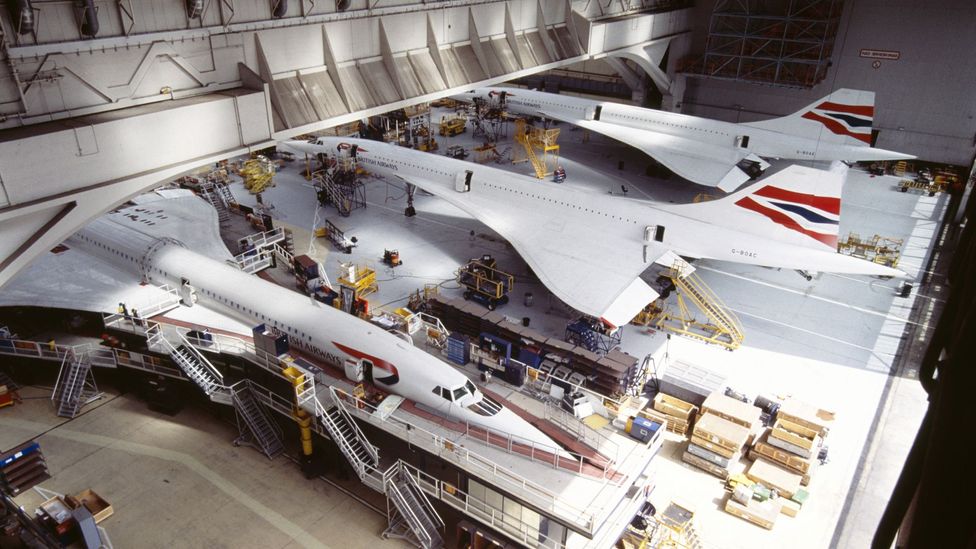
Finding spare parts for a Concorde will be an almost impossible task (Credit: Science Photo Library)
But does this plan make sense? What would it take to get a plane that has been sitting in a museum hangar – or even sitting outside, exposed to the elements – back into the air?
It is natural, says BBC columnist and author Jonathan Glancey, to pine for the Concorde's return. To many, the idea of the 'jet-set' lifestyle was personified by the huge, delta-winged airliner, whose roar as it climbed out of Heathrow was a familiar sound to anyone who lived under its flight path in the late 20th Century.
"It was the most beautiful airliner yet built, a technical tour-de-force, an aerodynamic masterpiece," says Glancey, whose book Concorde: the Rise and Fall of a Supersonic Airliner is released in October. "It was a rare glimpse of a future that never quite happened and that people had dreamed of when young in the Fifties, Sixties and Seventies. British trade unions, the French Communist Party and politicians of contrary persuasions were all fans of Concorde, while those who could never afford to fly it still loved the aircraft.
"It still tugs on heartstrings like the Spitfire, Lancaster and Vulcan, all military aircraft, of course: Concorde could outfly pretty much every contemporary military aircraft in level, long-distance high-flight. There would be no shortage of passengers queuing up to fly on board a revived Concorde."
Sonic booms
But simply wanting to get a mothballed aircraft back in the air is, of course, not enough to make it fly. Concorde may have looked space age compared to the more workmanlike Airbuses and Boeings, but it was not a new aircraft when it was retired. Its design stemmed from research vehicles which first flew in the 1950s; one of the other aircraft which resulted from this research was the hugely successful French-made Mirage III fighter, the first European aircraft to fly at twice the speed of sound.
Much of the Concorde's design is therefore 50s-era – and none of it more so than the incredibly noisy and fuel-hungry Rolls-Royce/Snecma Olympus engines which powered it. These use an enormous amount of fuel; the Concorde used more fuel to taxi to the end of the runway than a Boeing 737 uses to fly from London to Amsterdam, former British Airways chief engineer Jim O'Sullivan told The Scotsman in 2012.
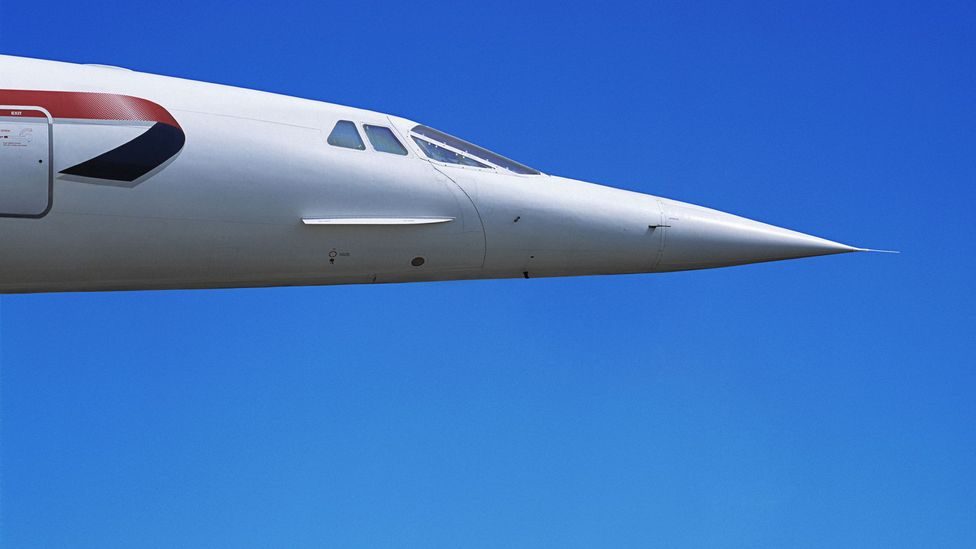
Every part of the airframe would have to be rigorously examined before Concorde could fly again (Credit: Science Photo Library)
Many believe it was the fatal Concorde crash in Paris in 2000 – the only Concorde to crash during its career – that hastened its demise. Much more important was the enormous cost of keeping Concordes in the air, as well as other environmental factors. Breaking the sound barrier creates sonic booms, and these booms can be incredibly disturbing if done over land. As a result, the Concorde was not allowed to reach its full Mach 2 speed until it was over water.
"From a technical point of view, it should be able to fly, but the Civil Aviation Authority will have to be convinced," Glancey says. "From an environmental point of view, a solitary noisy aircraft might be acceptable. After all, many people enjoy racing cars screaming around tracks, and far more love watching noisy fireworks displays. If the skies were full of supersonic airliners, that would be a very different matter."
Many people believe Air France and British Airways – the only two airlines which operated the aircraft – retired it too quickly. "The only real reason for Concorde's retirement was politics, and that remains the single obstacle in the way of her return to the skies," Ben Lord of the Save Concorde Group told the BBC back in 2013.
One group knows full well what it takes to get a retired aircraft back in the air. The Avro Vulcan was a Royal Air Force jet bomber which served from 1956 until 1984; originally designed as a nuclear bomber, it's best known for the record-setting flight undertaken to disable Port Stanley airport after Argentina invaded the Falkland Islands in 1982. Vulcans were retired in 1984..
But Robert Pleming, a former IT director who has been a lifelong aviation fan, had the idea of bringing it back to flying condition in 1997 – 13 years after the Vulcan had been retired. The Vulcan XH558 had flown as part of the Vulcan Display Flight until 1992, when it was put on display at an aircraft museum in England. The Vulcan To The Sky Trust then spent the next 10 years raising funds to get the bomber back in the air, which it did in October 2007.
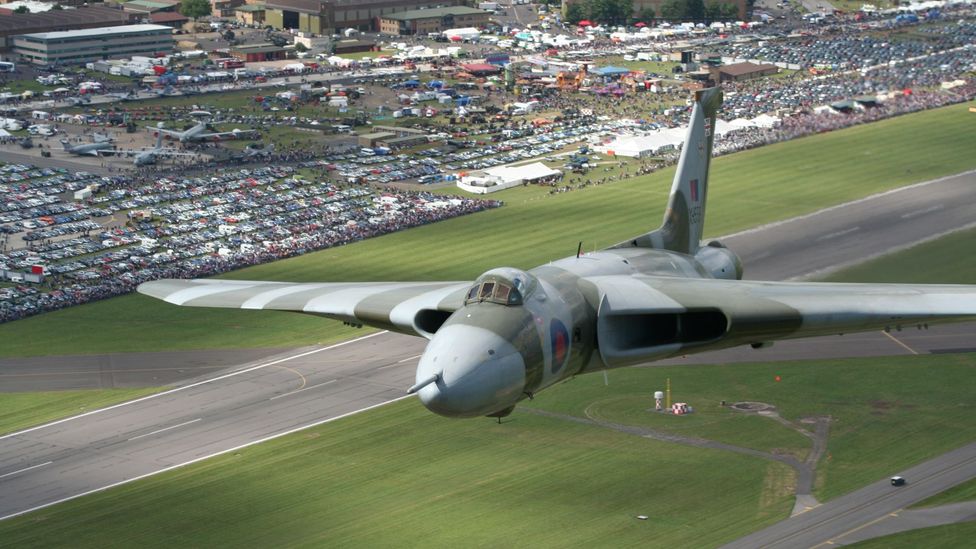
Getting a Cold War-era Vulcan back into the sky cost more than £7m (Credit: Mark Arnold)
Returning an aircraft like the Vulcan to service is not an easy task. Everything has to be checked – from the strength of the airframe to the engines to the seals and every last scrap of wiring.
"Our experience is that it takes twice as long and costs twice as much as you first thought," Pleming says. "It ended up taking us 26 months and cost £7m."
The Vulcan could not fly as fast as Concorde – its maximum speed was just under the speed of sound, around 645mph (1,030km/h), less than half the Concorde's cruising speed. The aircraft also could be returned to the sky under different regulations intended for ex-military aircraft. Those that affect Concorde are much more stringent, because it was an aircraft intended to carry passengers. It would have to pass those airworthy certificates before it could fly again, Pleming says. That is likely to cost much, much more than £7m.
Bear in mind, too, that the Concorde was at the bleeding edge of aviation and engineering knowledge and considerably more complex than the subsonic Vulcan. And every single part of it, from the airframe to the air conditioning wiring, would need to be rigorously checked and, if needed, replaced.
Technical headaches
The Vulcan team were lucky in that they had access to several of the aircraft's Bristol Olympus engines which had never been used – known as 'zero-hour' engines. Jet engines require regular maintenance for every hour they are operated, and have a limited life. Engines that have never been used greatly increase the amount of time a plane can be kept in the air. But there are no zero-hour Concorde engines left. And any other spare parts would be almost impossible to find. It has been 12 years since a Concorde last flew, but nearly 40 years since the production lines in Britain and France closed down. The technicians who helped create the aircraft's parts are either long retired or dead.
"A lot of the original technical documentation you would need is no longer around," Pleming adds. The Vulcan project was able to recover all it needed, but it wasn't necessarily a simple task: "One of the records we needed for the aircraft's undercarriage was eventually found in the back of a fire-proof safe in a warehouse in Wolverhampton."
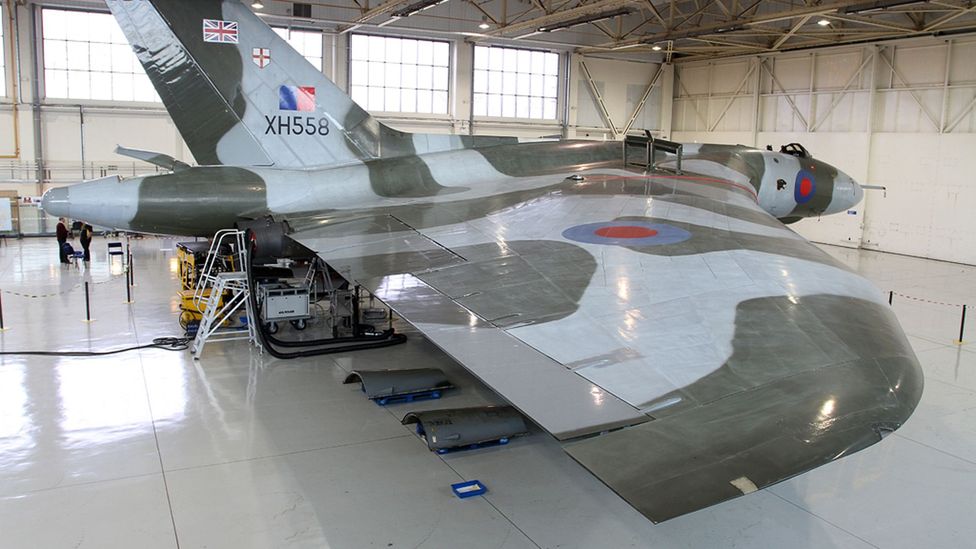
The Vulcan will end its flying days in October but could have flown for another few years, Pleming says (Credit: Lewis Steeper)
Even if a Concorde airframe could be bought back to flying condition, an even bigger hurdle remains. Airbus, which built many Concorde parts, decided it would no longer support uptake of the Concorde fleet back in 2003, which hastened its demise. Airbus never indicated it would support a return of the aircraft.
It is exactly that withdrawal of engineering support – from BAe Systems – that will ground Vulcan XH558 next month, despite the fact the aircraft airframe is strong enough to allow it another two years of flying displays.
The Concorde faces seemingly insurmountable challenges if it is to fly again. Ironically, its Russian rival, the Tupolev Tu-144, did make a return to the skies long after it had stopped flying passengers. In the late 1990s, a Tu-144 was extensively remodified – including refitting it with more modern engines – and used as a flying laboratory by Nasa. Last year, it was reported that Tupolev offered to return a Tu-144 to flying condition and fly it over the city of Sochi to mark the 2014 Winter Olympics.
The money that could be poured into trying to get a Concorde back into the air might be better spent funding a more modern replacement, says Glancey. "Although there are a number of proposals for supersonic executive jets, the real challenge for scientists, engineers and manufacturers is to create a form of quiet supersonic aircraft," he says. "It might yet happen, but not for a while. In any case, Concorde is a part of aviation history and mythology: many people want to see Concorde in the air just as they do Spitfires."
This story is a part of BBC Britain – a new series focused on exploring this extraordinary island, one story at a time. Readers outside of the UK can see every BBC Britain story by heading to the Britain homepage ; you also can see our latest stories by following us on Facebook and Twitter .
Source: https://www.bbc.com/future/article/20150925-how-do-you-bring-an-aircraft-back-from-the-dead
0 Response to "Can Retired Aircraft Be Used Again in War"
Post a Comment